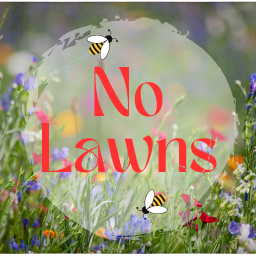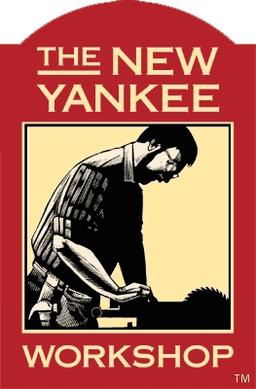

Wild Ones is an excellent resource for this sort of thing. Find a nearby chapter and they can supply you with wildflowers that are native to your local ecology, grown from seeds collected in that habitat.


Wild Ones is an excellent resource for this sort of thing. Find a nearby chapter and they can supply you with wildflowers that are native to your local ecology, grown from seeds collected in that habitat.


Go to your nearest farmers market! Not only do you get to support local producers, but local honey is also better for your health. Bees produce all kinds of antibodies that get expressed in their honey, and those antibodies are specific to your local environment. My hometown has one of the largest honey producers in America, and I still go out of my way to buy local raw honey rather than the homogenized stuff from the larger company, because they mix honey from all over the country, and pasteurization neutralizes most of those beneficial antibodies. I don’t know about European regulations on raw honey, but I would be shocked if you couldn’t at least find raw honeycomb, which is pretty much guaranteed to be unadulterated.


Try using alcohol to soften the resin first, I like to use everclear because it’s high proof and cheap. Don’t use rubbing alcohol, it has that gunk they put in it so homeless people won’t drink it.


Found the other paper I was thinking of: ‘Discovering the Hidden Vocabulary of DALLE-2’ https://arxiv.org/abs/2206.00169


This sounds like it might be something similar to a ‘noken’, or maybe just a regular token which represents a word fragment, a concept I picked up from this article. https://www.lesswrong.com/posts/c6uTNm5erRrmyJvvD/mapping-the-semantic-void-strange-goings-on-in-gpt-embedding
“TL;DR: GPT-J token embeddings inhabit a zone in their 4096-dimensional embedding space formed by the intersection of two hyperspherical shells. This is described, and then the remaining expanse of the embedding space is explored by using simple prompts to elicit definitions for non-token custom embedding vectors (so-called “nokens”). The embedding space is found to naturally stratify into hyperspherical shells around the mean token embedding (centroid), with noken definitions depending on distance-from-centroid and at various distance ranges involving a relatively small number of seemingly arbitrary topics (holes, small flat yellowish-white things, people who aren’t Jews or members of the British royal family, …) in a way which suggests a crude, and rather bizarre, ontology. Evidence that this phenomenon extends to GPT-3 embedding space is presented. No explanation for it is provided, instead suggestions are invited.”
In particular I was reminded of the list of tokens near the beginning of the article, and how it contains not just words, but also fragments of words, prefixes, and things like that. I’m also reminded of another article (which I can’t find right now) about people finding ways to bypass word filters by utilizing nonsense words that the LLM has mistakenly associate with some meaning. From what others have said in this thread, ‘araffe’ sounds like it might be something like that
https://archive.is/20241129060344/https://www.economist.com/finance-and-economics/2024/11/21/is-china-really-a-nation-of-slackers